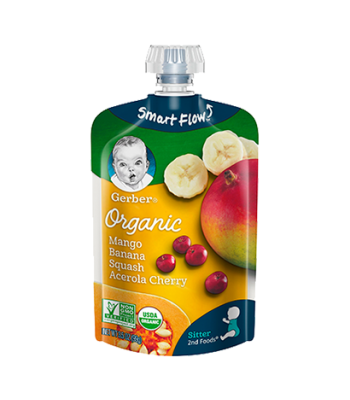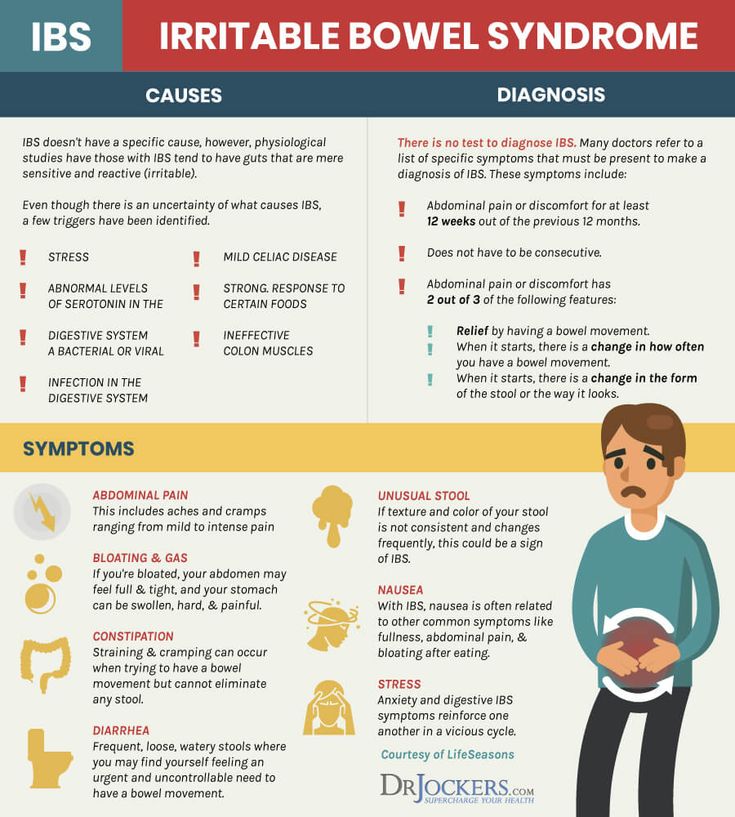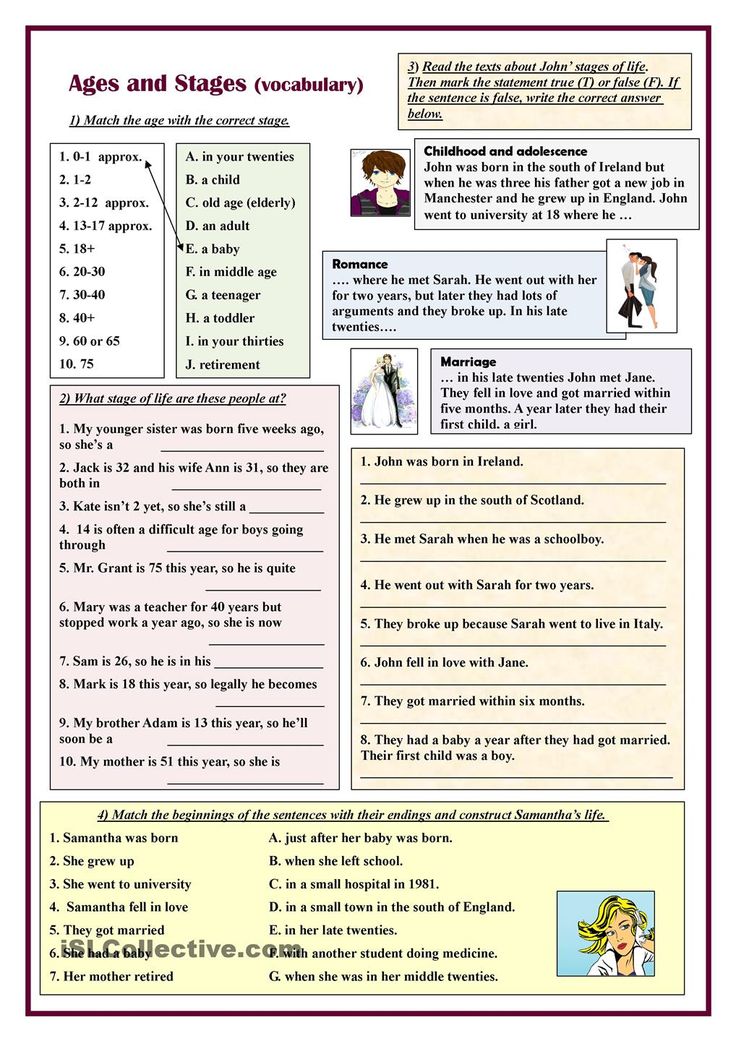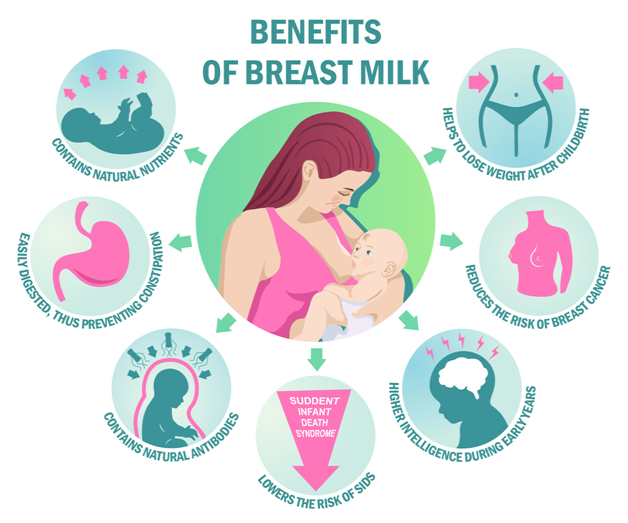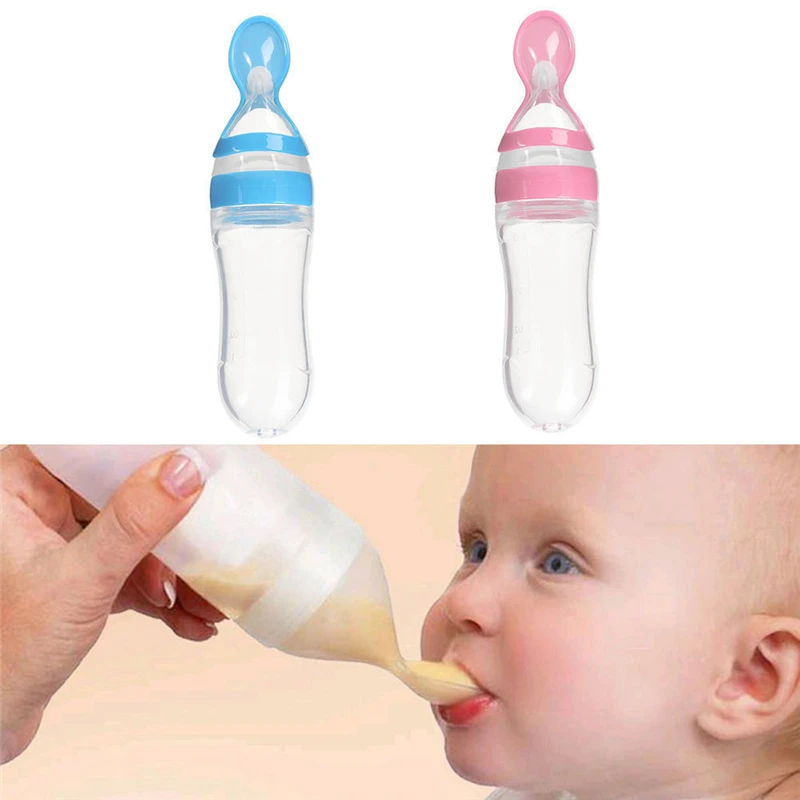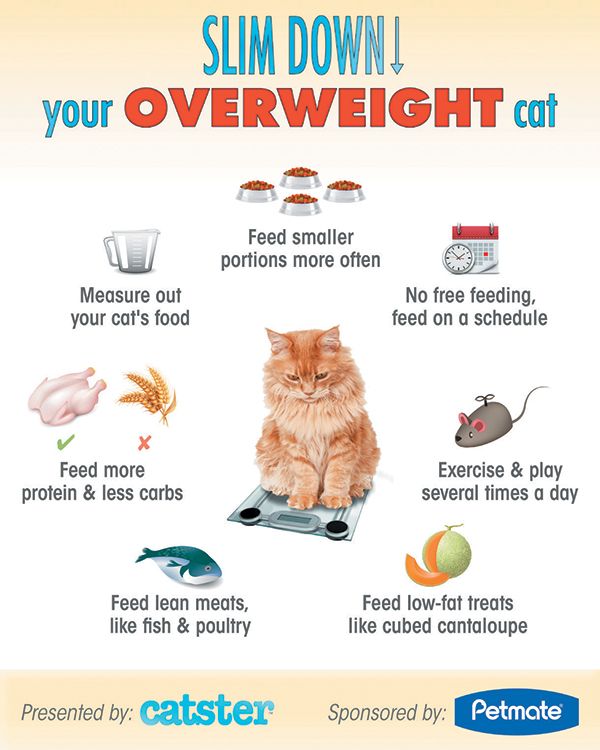How to feed a baby blackbird
How to Teach Fledgling Blackbirds to Eat
By Deborah Whistler | Updated September 26, 2017Things You'll Need
Dry dog food
Meal worms
Earth Worms
Large cage
Perches
Tweezers
Food and water bowls
Millet spray
Popcorn
Bread crumbs
Outdoor light
Fledgling blackbirds can require care if they can’t fly and are abandoned by their parents. Before you rescue a fledgling bird, be sure it is indeed in need of help. Stand back and keep an eye on the baby bird to see if the parents return to feed it. Often, a fledgling is just having difficulty learning to fly and its parents will continue to care for it when it’s out of the nest. Caring for a baby bird is a full-time job and often not a successful undertaking. Being handled by humans is extremely stressful for baby birds and they require feeding every half hour or so during daylight hours to survive. If the parents don’t show, you can try certain measures to help the fledgling and get it to eat until it can fly and be released.
Place the fledgling blackbird in a large cage with perches. The baby is learning to fly and can damage its wings and injure itself if confined in too small a cage. The cage should be large enough for the bird to practice flying without hitting its wings on the sides of the cage. Line the bottom of the cage with newspaper and clean it daily. Keep the cage somewhere protected outside so the bird can hear the calls of other wild birds.
Handle the baby bird as little as possible.This will help it stay wild and not imprint on you.
Offer the baby bird moistened dry dog food in a bowl. See if the bird attempts to eat the food. Live meal worms or earth worms can also be offered, as well as millet spray, popped corn and bread crumbs. Also provide a bowl of water for the bird to drink. If the bird isn’t eating or drinking, you will have to hand feed it until it will eat on its own.
Hand feed the fledgling. Soak dry dog food in warm water. Use tweezers to pick up a small amount at a time. Tap the end of the tweezers on the side of the bird’s beak. This should trigger the baby to open its mouth. Place the food in its mouth and it will then close its beak and swallow. The bird should continue to open its mouth for more food. Feed it small amounts every half hour during daylight hours. Handle the bird as little as possible in this process.
Keep offering live food. While hand feeding the baby blackbird, continue to provide the moistened dry dog food in a bowl that it can eat by itself and offer live meal worms or earth worms by hand. Start with small worms or worm pieces. Live food will encourage the bird to try to eat on its own and prepare it for release.
Place the cage close to a light outside to attract bugs. As bugs fly around the light, the baby bird will begin to catch and eat them. This is a critical step to prepare it for release.
Release the bird. Once the bird is eating and catching food on its own, open the cage door. Continue to provide food, but give the bird access to freedom. Don’t force the bird out of the cage. It can sometimes take a while before it ventures out. And the baby may return to the cage to eat for a week or even more. Continue to provide food and water for the bird until it quits returning to the cage.
Once the bird is eating and catching food on its own, open the cage door. Continue to provide food, but give the bird access to freedom. Don’t force the bird out of the cage. It can sometimes take a while before it ventures out. And the baby may return to the cage to eat for a week or even more. Continue to provide food and water for the bird until it quits returning to the cage.
Warnings
Only attempt to rescue a fledgling bird if you are sure it isn't being fed by its parents. Often the fledgling, if left alone, will soon learn to fly off and its parents will continue to feed it if you don't interfere. Wild birds do much better on their own and many times baby birds will die when caged.
References
- Parrot Passion: Orpaned Wild Baby Birds
- Wild Bird Watching: Baby Birds - Should I Help?
- Wildlife In Crisis: Primary Care for Young Birds
Photo Credits
how do you feed a baby blackbird - Wildlife questions - Wildlife
We have been given, by a neighbour, a baby blackbird that was being attacked by a cat, fortunatley it is unharmed but am unsure as to how to look after it. W e have been giving it small amounts of milk and feeding it maggots and the bird seems to like this, but are we doing the right thing?
W e have been giving it small amounts of milk and feeding it maggots and the bird seems to like this, but are we doing the right thing?
-
Hi val. I am no expert, but I don't think milk is a good idea. Worms, caterpillars, maggots should all be good, but you will have to feed it constantly for several weeks to stand any chance of rearing it. Is there no chance that it's real parents may not still be around to do the feeding?
There are 9000 species of bird on earth. Let's keep it that way.
-
In reply to Budgie:
Tinned Pedigree Chum puppy food (chicken flavour) is really good, but as Budgie said, it's an investment of a few weeks, so if you can find a local wildlife hospital that might be better. Look on http://britishwildlifehelpline.com/centres%20_%20England.html
A closed mouth gathers no foot.
-
In reply to Budgie:
Hi Budgie, thanks for replying, we don't know where the nest is as the neighbour just found it in the street with a cat attacking it and apparantly she kept it in her greenhouse for a day before she gave it us.
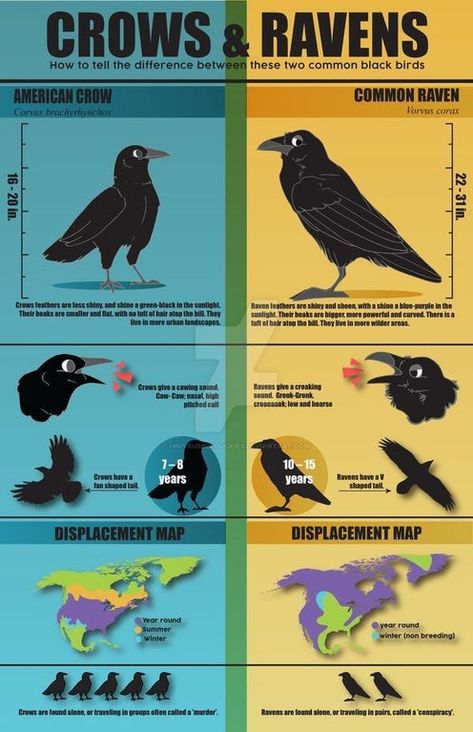 The bird is well happy in the house with us and is eating every 90 mins and chirping happyly. All its bodily functions are working well and it seems to have no ill effects from the cat attack. I wonder if water may be more suitable or should it get enough moisture from the maggots. Caterpillars sound a good idea I will certainly try them.
The bird is well happy in the house with us and is eating every 90 mins and chirping happyly. All its bodily functions are working well and it seems to have no ill effects from the cat attack. I wonder if water may be more suitable or should it get enough moisture from the maggots. Caterpillars sound a good idea I will certainly try them.
Thanks again. -
In reply to val:
You are doing a sterling job val. Please keep us informed how you get on. I hope it's a happy ending. Have you thought how you are going to teach it to fly ha ha.
There are 9000 species of bird on earth. Let's keep it that way.
-
In reply to Budgie:
Hi, my partner says if you go to youtube in a few mins and look for
Maisy's The Blackbird Arrival
you will see a video he is uploading at the moment of the bird.
I have had the idea of pushing him out the bedroom window so that Maisy the bird can see how it's done.
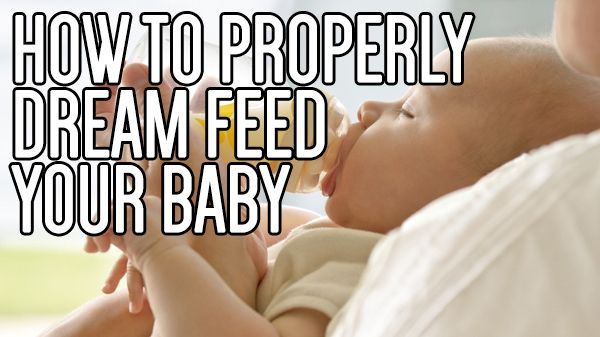 ha ha ha.
ha ha ha. -
In reply to val:
Hi Val, the advice from earlier in the thread about getting the bird to a wildlife hospital was spot on. It would be better for the bird if it was looked after by expert rehabilitators who could treat any wounds inflicted by the cats and rear the bird with other birds in the same situation if it is not immediately possible to release it back into the wild due to injury.
If the bird is not injured it should be released back into the nearby area as soon as possible after it was discovered as it's parents are best placed to provide care and protection for the young blackbird, it is possible they will recognise the youngsters call even days after it was taken from the wild so this has to be the priority action. Unfortunately, hand reared blackbirds don't have a good survival rate as it is very dificult for humans to replicate the care and eductation they receive from their parents.
The link here provides advice about what to do if you find a baby bird and you can find more information about animal hospitals here and here.
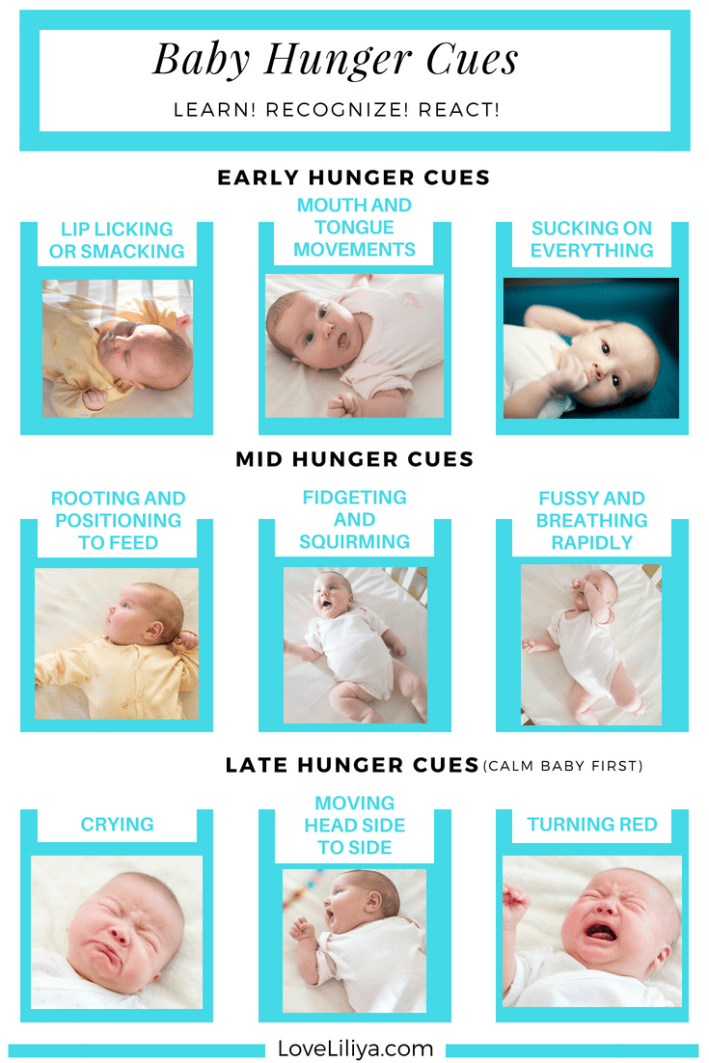
On a very important note, milk should never be fed to wild birds as they cannot digest it and it will make them very sick if it doesn't kill them, water is fine though.
Warden Intern at Otmoor.
-
In reply to IanH:
Hi Bugie and friends
Val
please take a look at you tube ( baby blackbird rearing) ....the little blackbird has nearly all his feathers and my partner now takes him up the garden with him so he can see and hear the wild birds
at the moment he is sitting on a perch the side of me
he is doing so well..
Thanks all
val
-
In reply to val:
Ian, my partner and I have actually found that hand-reared blackbirds are some of the easiest birds to rear (if you know what to feed them and have suitable accommodation!). They learn to gape very readily, let you know (noisily!) when they're hungry and also when they're full, and we've always found that after a period of time a switch seems to flick, they want nothing more to do with you, and are ready to soft release from a suitable aviary.
 We've always seen the birds we've released into our garden around for quite some time after release. It's still a good idea to get an orphaned bird (and especially one that's been got by a cat to get antibiotics) to a wildlife hospital to be reared with the same species if at all possible.
We've always seen the birds we've released into our garden around for quite some time after release. It's still a good idea to get an orphaned bird (and especially one that's been got by a cat to get antibiotics) to a wildlife hospital to be reared with the same species if at all possible.A closed mouth gathers no foot.
-
- Reply to thread Suggest as Answer Use rich formatting
How to feed a thrush chick?
Hello! My name is Svetlana. It so happened that last night on the playground I won a thrush chick from the kids. These offspring found a chick on the site, they could not say the exact place, it is only known that there were two chicks, one died with the second they were running around like a hand-written sack. I tried to send him to the Scriabin Veterinary Academy (fortunately we live nearby), but they said: “Sorry, we can’t accept. We don't have shelter! So this chick ended up at our house. nine0003
We don't have shelter! So this chick ended up at our house. nine0003
I had to google and ask Yandex what and how. First... There are a lot of cats in our district, so the question of leaving a bird on the street was dismissed immediately, and even these kids, in general, this is definitely death for a bird.
General information is clear, but questions remain.
Settled temporarily in a cat carrier (plastic). Last night they fed the bird with a mass of boiled hard-boiled eggs with water and bread crumbs (two-day bread), gave food from a syringe. Spent the night well. Today he began to chirp at about six in the morning, again fed from a syringe, baby meat puree with water and corn porridge. Shredded carrots. Then we quickly went to the veterinary store and bought food for insectivorous birds ‘padovanes’, flour worms and maggots. It bursts on both cheeks 🙂 I give worms and maggots with tweezers right into the beak, with food it is more difficult to mix it with water and the same corn baby gruel in order to roll up something similar to worms.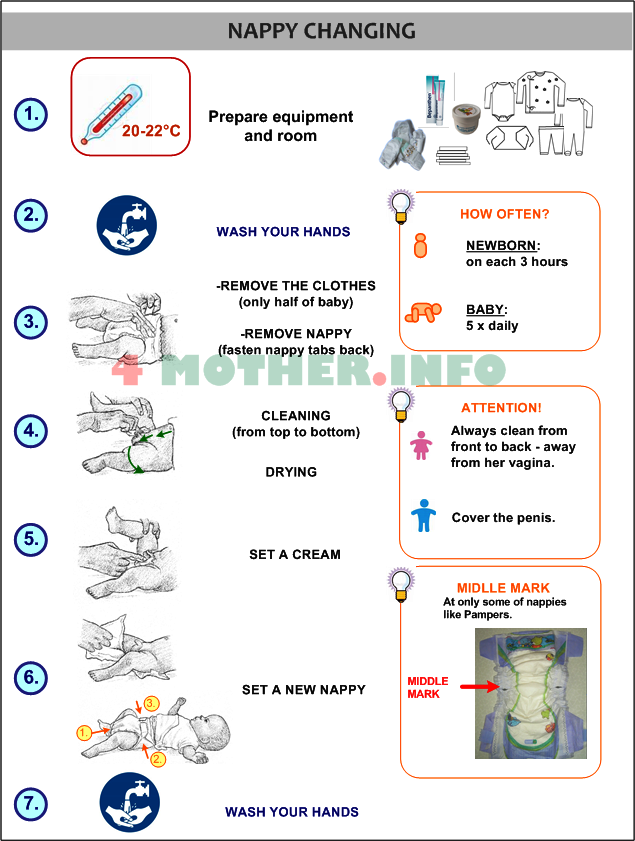 Swallows with pleasure. nine0003
Swallows with pleasure. nine0003
More questions.
One. Today, some kind of flakes are falling from the feathers of the bird, they look like dandruff, what should I do about it? Is it possible to process a bird with something ?, we have children in our apartment. Some kind of powder, or miramistin, or something that won't harm the bird.
Two. While Google was reading about a similar situation, there the girl of the thrush was fattened with antibiotics (ciprofloxacin), enterol and hilak forts, but they had a bird that was injured. In our case, is it advisable to give antibiotics? And also, is it necessary to give immunofan or foskrenil? Even today, the chick has on its beak, more precisely along the edges, as if it was traumatized or something, how to process it? nine0003
Three. How often should you feed? Feed at night? Do birds need to be given water? How to teach self-feeding. Because, apparently, the bird will stay at home. And is it even worth it? Or still entrust ornithologists with this concern? True, it seems to me that the bird has already got used to me. 🙁
🙁
I'll add photos of a bird to the paperclip when they brought home and today's one with dandruff and an injured beak.
Good afternoon!
First, let's talk about mistakes - you should not feed thrush chicks with bread and porridge. So you can eventually kill the bird. If there are no ticks, then you don’t need to process it, but the fact that the feather grows and covers from feathers falls from it is okay, it’s physiological. You can feed with a mixture for insectivorous birds and crickets, cockroaches and mealworms (a little of it). A mixture for insectivorous birds can be made by yourself - this is a hard-boiled egg, grated carrots, cottage cheese, hamarus .. Of the preparations, immunim is best suited, which is drunk with water (literally drop by drop). As for the feeding regimen, feed as requested, and of course you don’t need to feed at night - the chicks also sleep at night ...
Yours faithfully, the chief veterinarian of the bird hospital PhD Romanov VV
recommendations for feeding and keeping
Thrushes are insectivorous birds. Nests are built mainly in a young mixed or coniferous sparse forest with dense undergrowth near water and fields. Their "dwelling" is bowl-shaped, collected from grass stalks, small branches, moss, sealed with saliva. It is located on a tree, and not high from the ground.
Nests are built mainly in a young mixed or coniferous sparse forest with dense undergrowth near water and fields. Their "dwelling" is bowl-shaped, collected from grass stalks, small branches, moss, sealed with saliva. It is located on a tree, and not high from the ground.
Both parents incubate the clutch. Birds feed mainly on the ground, looking for insects in the forest floor. They are also heated to plumage together. Thrushes bring several insects to their chicks on average 4 times per hour. Food is collected near the nest, at a distance of no more than 200 m.
You will have to forget about peace for some time if somehow (picked up, specially taken to raise a singing bird, someone threw it in) a thrush chick got to you. The photo shows the baby well. You need to immediately decide what you will do with him: leave him to live in the house or release him into the wild. It should be noted that if the chick is very small (it has fluff on its head), and you pick it up, then an adult bird will be completely tame.
Brood birds: specific features of development and...
There are various classifications of birds based on a variety of characters. One of the...
The main difficulty in raising a baby is to provide him with warmth. Thrush chick should be kept in captivity at a temperature of about 40 about C. To do this, you need to make a simple thermostat. You can use a plywood box, and it is preferable to make a small wall at the bottom, and the opposite will be a lid. At the bottom of the sidewall, strengthen the cartridge and screw in the light bulb. Fill it with sand 5 cm and install a nest. It can be built from rags or found natural. It is unacceptable to use cotton wool, as the thrush chick will get entangled in it. nine0003
To be sure that overheating from the light bulb does not occur, you will have to install an incandescent rheostat or a thermometer on the surface of the sand. In the first version, the light bulb can not be turned off, and in the second one, you will have to periodically monitor the readings and turn it off when heated to 41 about C.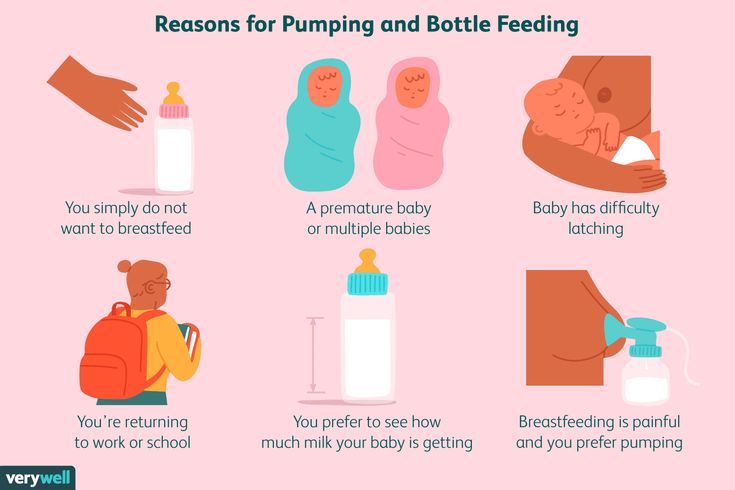 A fledgling thrush chick will not tolerate overheating, as well as hypothermia, it will die. Fledgling birds do not need heating, they can live in a basket with a lid.
A fledgling thrush chick will not tolerate overheating, as well as hypothermia, it will die. Fledgling birds do not need heating, they can live in a basket with a lid.
Song thrush: specific features of the voice
The song thrush belongs to one of the largest bird populations. It became known to the townspeople and...
he will need time to adapt. It is better to feed babies found outside their natural habitation immediately, because it is not known how long they are starving. Relatively large cubs have to be forced to eat, they do not open their mouths voluntarily. Food must be pushed further down the throat, otherwise it will be spit out. Before force-feeding, you can resort to tricks - knock on the basket or move it. This will improvise the arrival of the mother, and perhaps the thrush chick will open its mouth. Usually, when hungry, he makes sounds, demanding food. It must be given as soon as possible. Babies get used to people quickly, after the 3rd feeding they themselves open their mouths wide.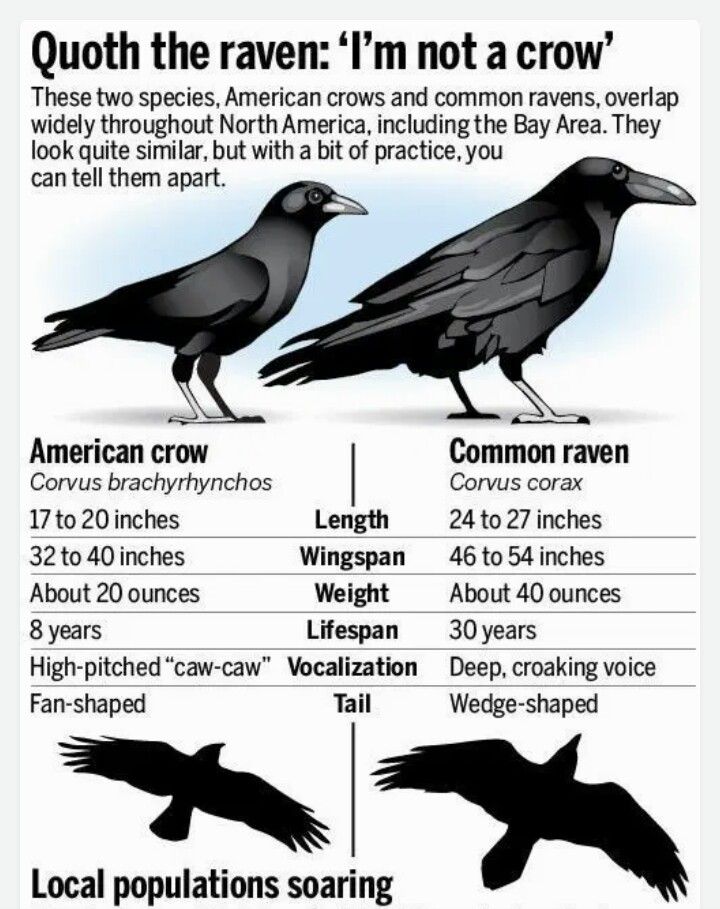 nine0003
nine0003
The question arises as to what to feed the thrush chick. Given that these birds are insectivorous, the answer suggests itself: flies, moths, zofobas, etc. Feeds for insectivores with a low content of iron and vitamin C can be used, because. they accumulate in the liver and adversely affect development. It is recommended to give him egg white, boiled potatoes and corn, apples, melons, berries, banana, pear, yogurt. Raisins, grapes, kiwi, strawberries, citrus fruits, green vegetables, tomatoes, egg yolk, red meat, liver are contraindicated. nine0003
What do thrush eggs look like? The amazing color of these eggs ...
General useful information on each type of thrush will help you better imagine their life. And the eggs...
Thrush chick is voracious, you need to feed it every hour, in extreme cases - two. You can use tweezers with blunt ends. Before going to bed, it is advisable to place a basket with a chick near the bed in order to hear a squeak indicating the need for feeding.

